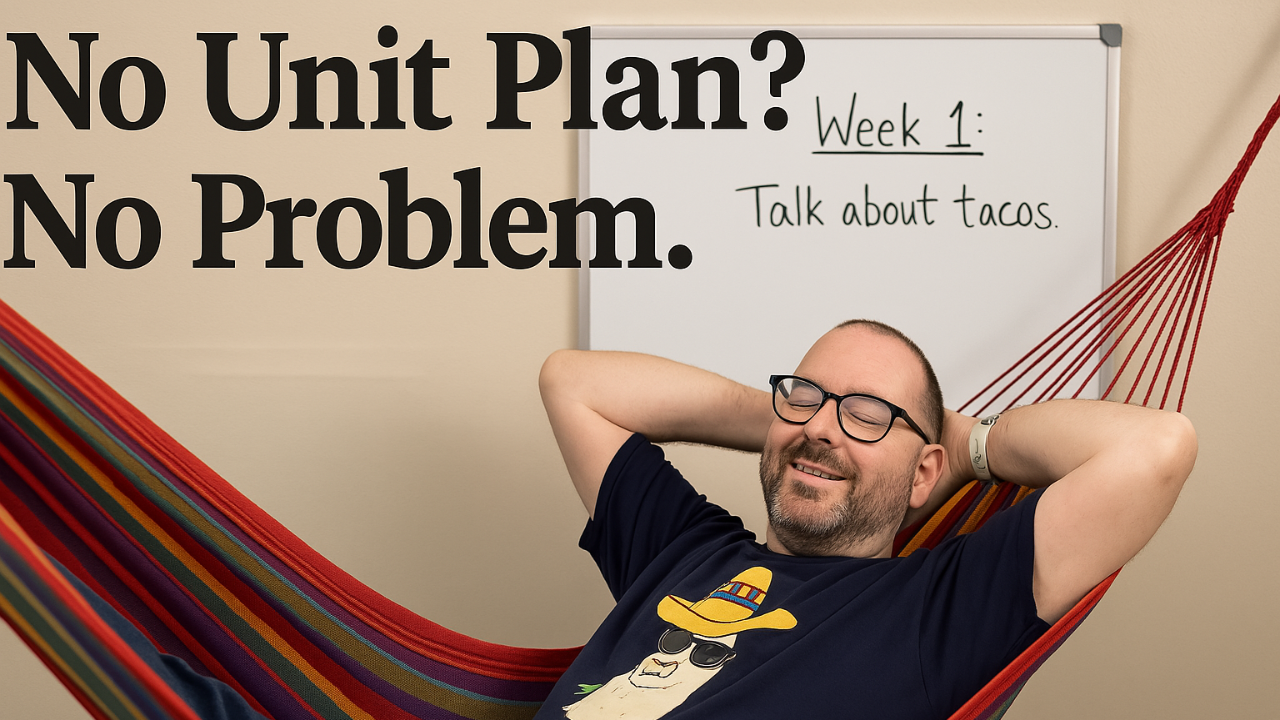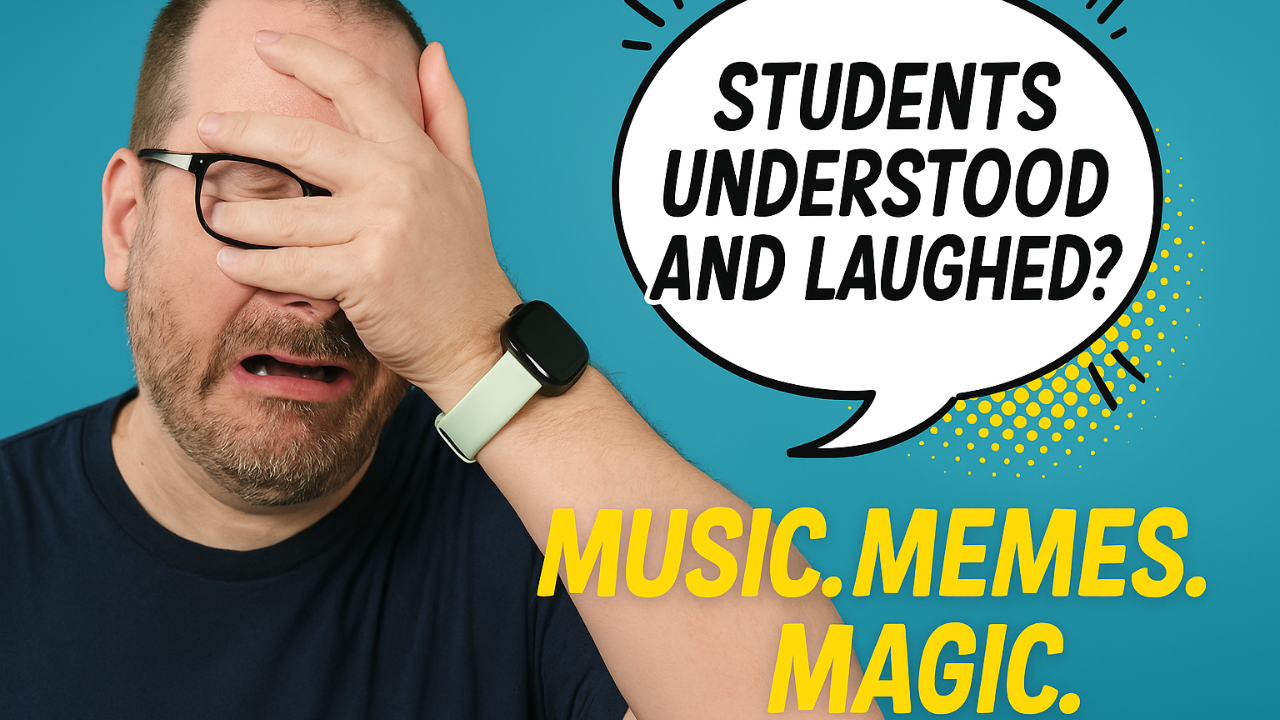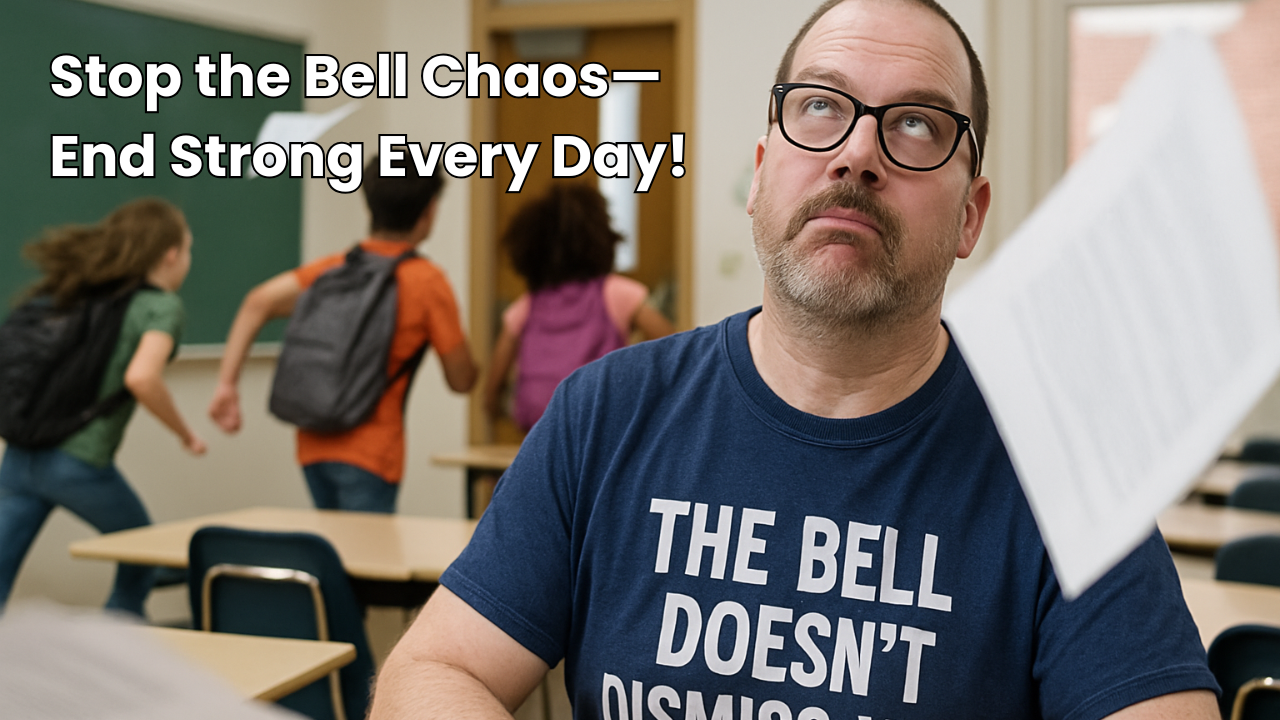
Using essential questions + high-frequency structures to drive planning.
Introduction: CI Planning Panic is Real (But Doesn’t Have to Be)
Let’s face it: most language teachers have had at least one moment where they sat down to plan a month of lessons, took one look at their planner, and immediately decided it was a great time to alphabetize their sock drawer instead. Between pacing guides, district expectations, and your own desperate desire to not completely bore your students (or yourself), it’s easy to believe that effective planning must take hours of sweat, tears, and coffee.
But here's the twist: with Comprehensible Input (CI), you don’t need a thousand moving parts to create rich, engaging instruction. You need a good question, a few powerful language structures, and a skeleton plan that can flex with your students' needs. In fact, you can plan a whole month of CI-based lessons in about an hour. Seriously. One hour. No witchcraft. No flair pens (unless you're into that).
This article will walk you through exactly how to do it—with humor, strategy, and a little anti-chaos magic. Plus, you’ll get concrete steps you can use immediately to reclaim your planning time and make your teaching more focused, engaging, and fun. (Yes, fun. Even on a Monday.)
Start With the Essential Question (Not the Vocabulary List)
Traditional planning often starts with a vocabulary list or a grammar point: "This week, we’re learning preterite verbs and professions!" (cue student groaning). But in a CI classroom, we flip the script. Instead of asking "What do I want to teach?" ask "What do I want them to explore?"
That’s where essential questions come in. These are big, open-ended questions that invite thinking, connect to students' lives, and are language-rich goldmines. Think:
- What makes someone a hero?
- Why do people move to new places?
- What makes a good friend?
- How do communities help each other?
A great essential question serves as the throughline for the entire month. Everything you read, talk about, watch, or create connects back to it. And here’s the secret sauce: it makes everything feel purposeful. You’re not just watching a video or doing a Picture Talk. You’re gathering evidence to answer your question.
Strategies to Pick a Great Essential Question:
- Use simple language that students at your level can understand.
- Make it open-ended and invite multiple perspectives.
- Choose something that can support multiple types of input—stories, videos, readings, etc.
Once you’ve got your question, post it. On your wall. On your slides. On your whiteboard. Tattoo it on your planner. Whatever helps keep it front and center. This question is now the lens through which you view every input activity this month.
Choose High-Frequency Structures (A.K.A. Your Curriculum's Real MVPs)
Now that you’ve got your big question, it’s time to choose the language structures that will help your students talk about it.
Spoiler: it doesn’t matter if your essential question is about friendship, identity, or mutant hedgehogs. The language you need is surprisingly universal: wants to go, is scared of, has a problem, sees something strange, can’t find it, needs help, etc.
These are what we call high-frequency structures. They show up constantly in real-world communication, and your students need them to do literally anything with language.
Strategies to Pick the Right Structures:
- Choose 8–10 chunks that naturally support your essential question.
- Make sure they are communicative—not just grammar labels.
- Look for phrases that you can gesture and repeat often.
You’ll weave these structures into every activity, every day. Whether you’re telling a story, watching a video, reading a text, or chatting with your class hamster, these structures become the backbone of the month.
The beauty? Repetition builds acquisition. And with CI, we don’t need novelty every second. We need meaning + repetition in context = actual language growth.
Build a Weekly Rhythm That Keeps Everyone Sane (Especially You)
Let’s talk about weekly rhythms. If you're reinventing the wheel every day, you will absolutely crash and burn by week two. Or worse, you’ll find yourself teaching grammar charts again because it’s easier.
Don’t do that. Let’s create a repeatable weekly structure so your students know what to expect and you can plan once and teach forever (or at least until Friday).
Example Weekly Rhythm:
- Monday: Picture Talk or One-Verb Story based on the essential question
- Tuesday: Reading Activity using a related story or adapted text
- Wednesday: Class Discussion or Quickwrite connecting back to the question
- Thursday: Video or authentic resource with comprehension activities
- Friday: Retell, comic strip, or short assessment
Why It Works:
- Students thrive on predictable routines.
- You always know what kind of activity to plan each day.
- It lowers your planning load drastically.
This is where the real planning speed boost kicks in. Instead of staring at an empty calendar, you know, "Okay, Week 2 Tuesday is Reading Day, and we’re focusing on 'wants to help.' Time to grab a story!"
By keeping the activity type constant and changing the content, your classroom feels structured, not stale.
Design Your Assessments From the Start (Without Crying)
Most traditional assessments feel like pop quizzes from language hell. But in CI world, assessment should feel natural, connected, and dare I say—human.
Once you know your essential question and language structures, think about what kind of performance would show understanding. Maybe students retell a story, write a description, or respond to a scenario. No conjugation charts required.
Strategies for Low-Stress CI Assessments:
- Create a simple final performance task aligned to your essential question.
- Plan for weekly check-ins that double as review (e.g., retell a story in 3 sentences).
- Keep rubrics simple and proficiency-aligned: Can they communicate the message?
Assessment shouldn’t be the boogeyman. It should be the logical outcome of all the rich input you’ve provided. If you’ve been targeting "is scared of," then by the end of the month, students should be able to describe something someone is scared of. That’s it. That’s the tweet.
Recycle Your Templates and Save Your Brain
Let’s end this plan with the biggest hack of all: reuse your own genius.
You don’t need 20 new activities a month. You need 5 good ones done repeatedly with different content. Make templates. Use slides that you can copy and edit. Build a "CI Weekly Plan" doc that you update instead of rewrite.
Favorite Time-Saving Moves:
- Create a reusable Google Slides deck for each activity type.
- Make a monthly folder with past readings and stories to rotate through.
- Keep a "Planning Skeleton" document with fill-in-the-blank sections you tweak each month.
It’s not lazy. It’s efficient. Professional chefs don’t invent a new recipe every time they cook. They master the good ones and repeat. You should too.
Conclusion: You’re a Planning Ninja Now
You made it. You now know how to plan an entire month of CI lessons in less time than it takes to watch a Marvel movie. You’ve got the structure, the language, the routine, and the sanity-saving shortcuts.
All that’s left to do is try it out. And trust that your students will acquire more when you teach less content and more comprehensible language. If you're ready to make this process even easier and get all the templates and support you need, check out the Back-to-School Bootcamp at https://imim.us/bootcamp.
And if you want to know where you are on your CI journey, take the CI Proficiency Quiz right now at https://imim.us/ciquiz. You'll get clarity, feedback, and maybe a little motivation boost too.
Key Takeaways
- Start with one essential question that drives meaning and purpose.
- Use 8–10 high-frequency structures to build acquisition.
- Stick to a predictable weekly rhythm for input and output activities.
- Plan your assessments early and keep them connected to your question.
- Reuse templates and routines to save time and mental energy.
Planning a month doesn’t have to feel like prepping for the final boss level of teaching. With the right strategy, you can get it done quickly, meaningfully, and without sacrificing your weekend. Now go forth and CI like a champion.



